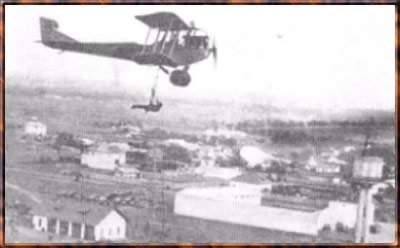Next came Germany, where the Romanians arrived on the 25th of
June. On the next day, they met with general Udet, who was chief of the
Technical Service within the RLM ( The German Air Ministry ). Udet made
the arrangements, and starting with the 28th of June, the commission visited
the Henschel, Arado, Junkers, Heinkel, Dornier, Siemens-Bramo, Argus,
BMW and Daimler-Benz factories. Everywhere they went, they saw large,
modern airfields with hangars and runways full of new planes, as well
as factories where dozens of state-of-the-art planes were in different
stages of assembly. Several types of airplanes and engines were shown
to the commission, but eventually they were impressed by : the Heinkel
He-111 and Dornier Do-17 bombers, the Junkers Ju-87 dive bomber, the Messerschmitt
Bf-109 fighter ( although it hadn't actually been shown, but they were
interested nevertheless ) and the Heinkel He-112 fighter. As for engines,
the DB 600 and the Junkers Jumo 211 were the most tempting ones as they
could both deliver up to 1000 HP, but only the BMW 132 engine could be
ordered and delivered in short time. Overall, it had been a impressive
tour, as general Negrescu had to admit : "...in Germany one could
see not only interesting prototypes, but, besides the large numbers of
planes already existing on airfields, you could see an entire industrial
infrastructure, ready for mass-production."

